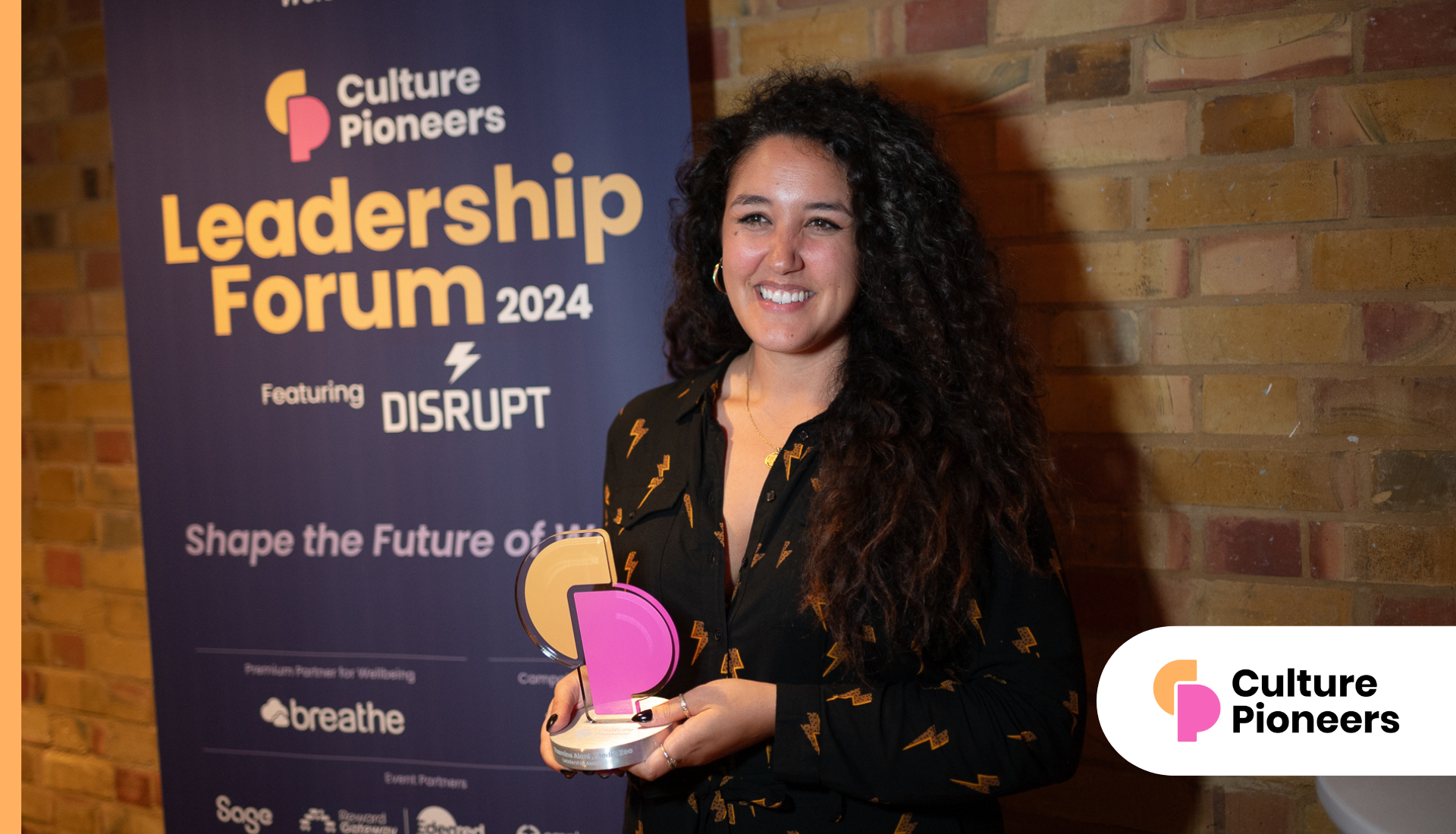If you’re a leader in an established business, you will already recognise that organisational agility is a) a critical capacity for your future success and b) somewhat complex and elusive.
This is because, according to PA Consulting, 72% of business leaders see it as their number one priority, while both McKinsey and Oliver Wyman’s research suggest that only around a quarter would rate their organisation as agile.
What is organisational agility?
Simply put, organisational agility means being flexible in the face of change, continuously adjusting strategic direction and creating value through innovation (Weber & Tarba, 2014). As simple as this definition sounds, underlying it is a great deal of complexity and effort.
You can’t simply switch business agility on. It’s not a simply matter of introducing Agile methods into your business. Indeed, Agile methods alone are neither necessary nor sufficient to enable enterprise agility. Agility a fundamentally human capacity that must be enabled, developed and nurtured over time.
Leading for agility takes mindset change
My experience in change, with the insights provided by Reversal Theory, suggest that if they are to enable their people to become more agile, leaders need to embrace new mindsets and practices:
- Confronting the reality that they must “go first” by modelling agility while making investments in resources and structures to support it.
- Accepting that agility is paradoxical and navigating its inherent tensions means embracing new leadership mindsets and practices.
- Putting a disproportionate emphasis on people, as tempting as it might be to see Agile methods as a silver bullet
- Recognising the historical, cultural context and involve people in exploring its strengths and weaknesses in our changing environment
Leading for agility means building a pro-change climate
Leaders also need to build the climate, or psychological environment, that enables people to be more agile. There’s no absolute blueprint for agility, which involves navigating paradoxical challenges:
- Providing strategic direction and goal alignment without creating an unsafe, change-averse climate by overmanaging short-term performance.
- Giving people the freedom from onerous processes to initiate change but giving them enough structure to avoid overwhelming them.
- Emphasising collaboration and teamwork while recognising that they are reliant on individuals stepping up and bringing their best game.
- Being ruthlessly focused on delivering the mission of the organisation, but recognising you are dependent on people, who need to feel cared, to do it.
The levers of organisational agility
My research suggests that the key levers of agility are:
- Strategic capability: The ability to scan, analyse and respond quickly to changes in the external environment
- Operational flexibility: Flexible structures, processes and systems that enable people to initiate change
- Collaborative relationships: People that work together effectively, bound by trust and mutual interest
- Change capability: The individual and collective ability to implement change effectively, again and again.
These levers are underpinned by communications, infrastructure, methods and – disproportionately – by leadership.
In this respect agility starts and ends with leadership. It starts when leaders go first, and ends when they, themselves, are the barrier to agility.
—
If you would like to access a long-form version (approx 10 minute read) of this article, click here.




